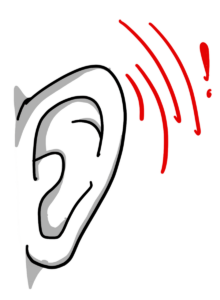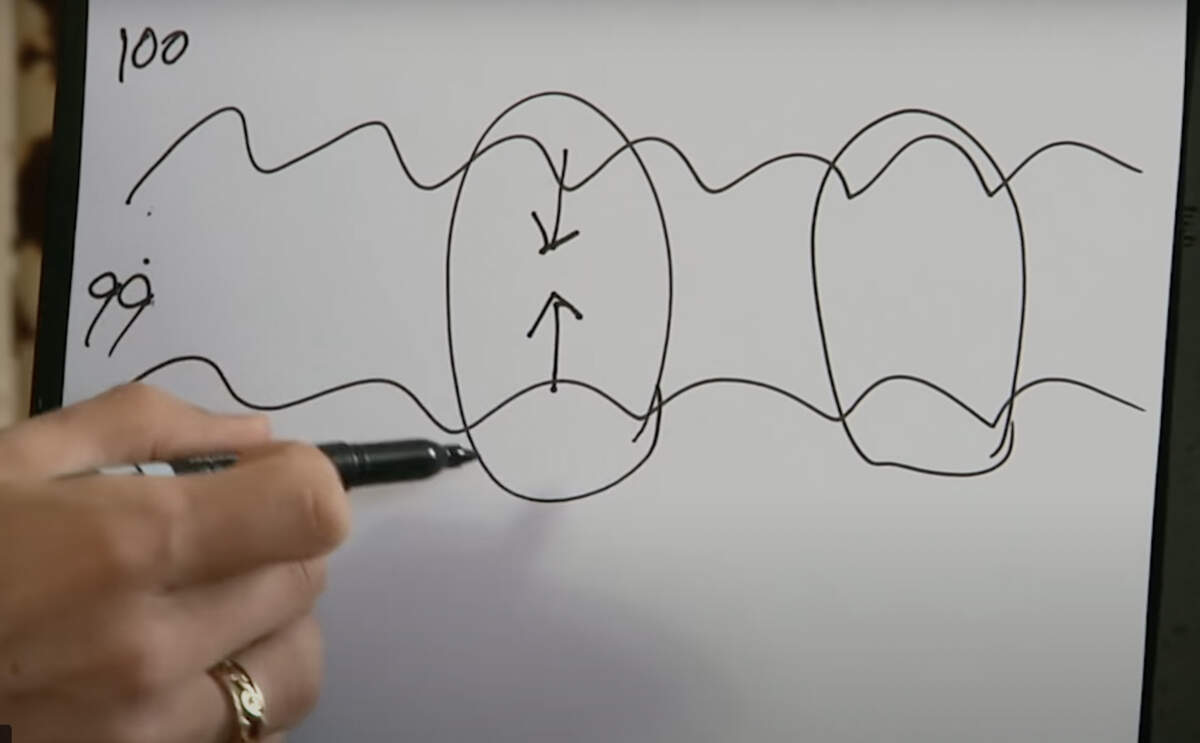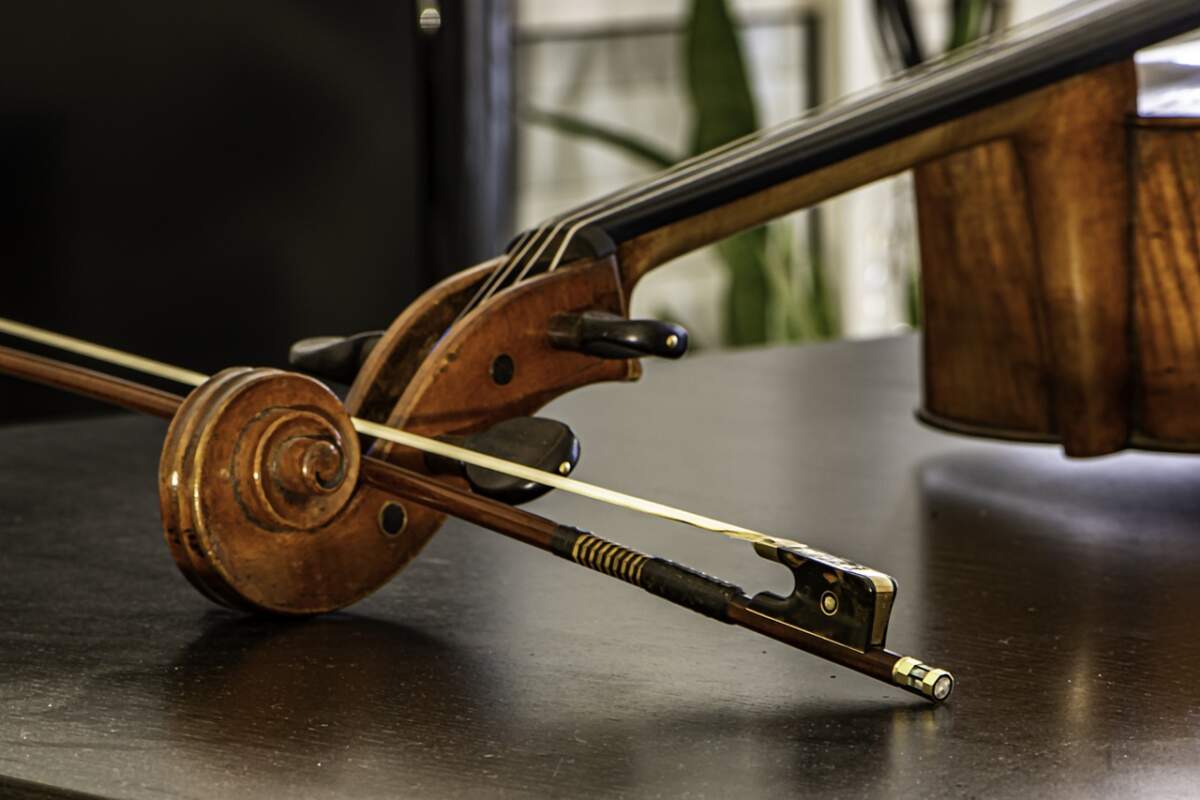What is a cello wolf tone and how do I get rid of it?

If you are somewhat new to the cello, you’ve most certainly had a LOT of things to pay attention to with this new pastime. The cello is undeniably a beautiful design of physics, yet it’s quite complicated.
Things have been going along rather smoothly, but lately you notice this awful sound coming from your cello, somewhere between E and F# on the D string (or those same notes on the G string). It’s a highly-annoying, fast, rhythmic wuh-wuh-wuh-wuh sound which makes you wonder how something so awful could come out of such a beautiful instrument.

Does that sound familiar? If so, you have discovered the dreaded wolf tone. Let’s talk about what a wolf tone is, and how to get rid of it.
Every cello has a wolf tone, but the location of the wolf tone can vary a little from cello to cello. Some wolf tones are much more intense/harsh than others, but they exist in every cello. In fact, in higher-quality cellos, the wolf tone is usually stronger. This is because well-setup and expertly crafted cellos have better resonance throughout the instrument and therefore, the wolf tone is stronger.
Beginning cello players don’t often know what it is happening when they get to that particular, unpleasant note. They think it must be something they are doing incorrectly. But that couldn’t be further from the truth. It’s impossible to control the wolf tone without adding a device to the cello to dampen (or tame) the wolf tone.
So what is a cello wolf tone?
Wolf tones happen when the resonant frequency of a particular string (vibrating in motion) and the resonant frequency of the vibrating body of the cello interact with one another (or more accurately, they CLASH with one another) such that they produce an excruciating thump-thumping tone which occurs while playing a particular note. And again, the wolf tone is usually somewhere around the E to F# on the middle of the bass clef staff. It occurs when two sound waves do not line up correctly. David Krentz describes it perfectly in this video:
How do you get rid of a cello wolf tone?
As I mentioned, all cellos have wolf tones. It may take a while to recognize it, but eventually there will be no question as to what is happening inside your cello. Since you are reading this, it’s probably safe to assume you found the wolf and now you need to deal with it.
There are a couple different devices which can be purchased and added to the cello to tame the wolf.
- The first is a small brass piece which comes in different weights (depending on the strength of the wolf) called the “New Harmony” Wolf Suppressor. Linda West of Linda West cellos has a good video on how to adjust this device. Watch it here:
- The next device (and one which has gained lots of popularity over the last decade or so) is the Krentz Wolf Modulator (yes, the same gentleman from the video above). The Krentz Modulator is a soundwave cancelling device which works extremely well. It not only has the capacity to completely eradicate the wolf, it can change the timber of an instrument. It can often soften the bright edge of the upper strings or it can deepen the resonance of the lower strings.
By moving the strong magnet on the front of the cello, subtle differences in the tone can be easily noticed. The main drawback to this device is that it is expensive as compared to the “New Harmony” brass piece.
Wolf eliminators for the cello work much in the same way a harmonic absorber or seismic damper is used in large structures such as bridges or tall buildings. Harmonic absorbers stabilize a building/bridge against violent motion caused by harmonic vibration. (This is a CRAZY video of a bridge in Washington which collapsed because of the untamed vibrations.)
These devices can prevent discomfort, damage, or outright structural failure. The oscillation frequency of the harmonic absorber is tuned to be similar to the resonant frequency of the object it is mounted to.
No need to worry about the structural failure of your cello, however. The only structural failure you will notice (rather you will hear and feel) is the structural failure of the sound wave. Fortunately, we can work with it.

Will a wolf eliminator solve the problem forever?
Keep in mind we play on a wooden instrument – something which was previously living, and we inhabit a world where temperatures change (often dramatically) throughout the year and sometimes from week to week. Humidity levels are also affected by temperature and those elements can change the way a wooden instrument resonates. So it’s safe to say that cello tones will resonate differently throughout the year. In turn, that means the wolf tone will be more noticeable at some times and less noticeable at other times.
Once the wolf eliminator has been placed in the ideal spot, only minimal adjustment should be needed from time to time.
What is the best wolf eliminator?
If you took the time to watch the videos embedded into this blog, you probably know which one is the best wolf eliminator. The Krentz wolf eliminator was designed by a physicist/cellist. He GETS it and has designed something which perfectly dampens the wolf tone and at the same time, it enhances the sound of the cello. As a professional cellist, I highly recommend this wolf eliminator.
Now that you know what a wolf tone is and how to eliminate it, find a good sale on the Krentz and purchase one for your cello (Shar has regular sales on accessories). As a new cello player, struggling with something you have no control over isn’t worth sacrificing your valuable practice time to try and manage it on your own. It’s a fight you won’t win. And it certainly shouldn’t be something hindering you from getting the very best tone possible out of your cello.
Time to conquer that wolf!
Are you still looking for some help with your wolf tone?
Come on over to Cello Discovery and get some help from a supportive community AND quick response from professional cellists who are available to help guide you on all things cello. 🙌



